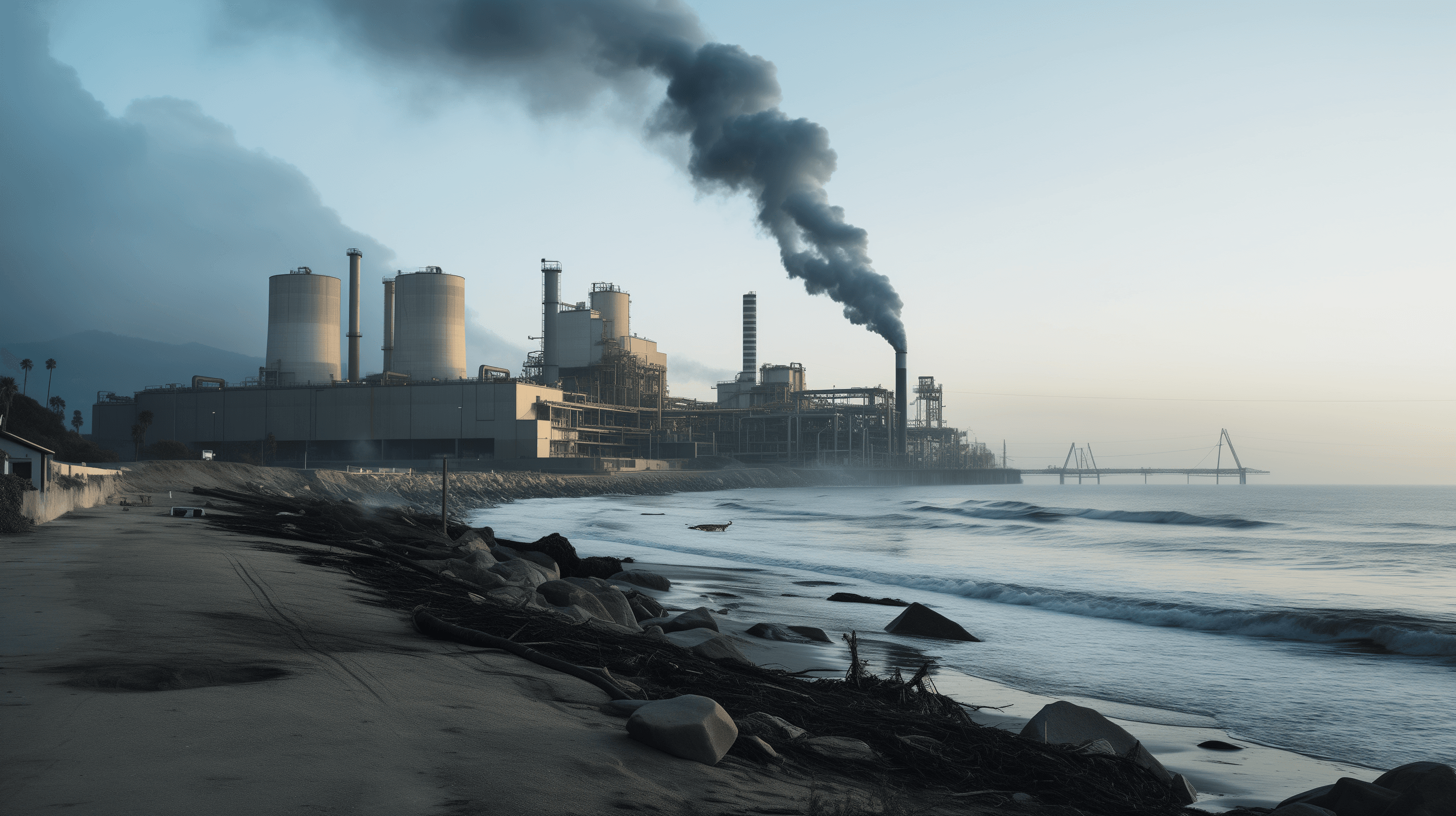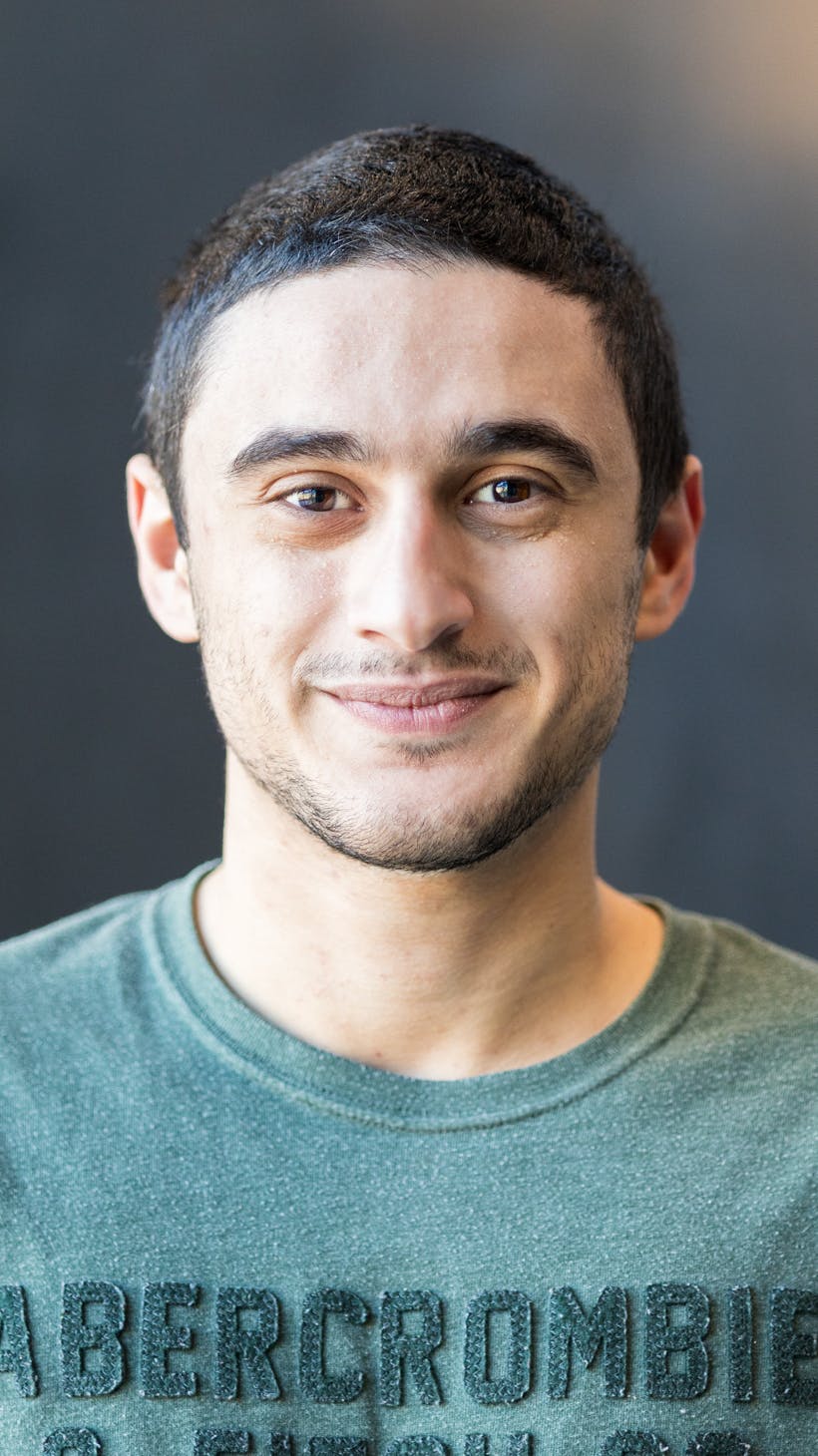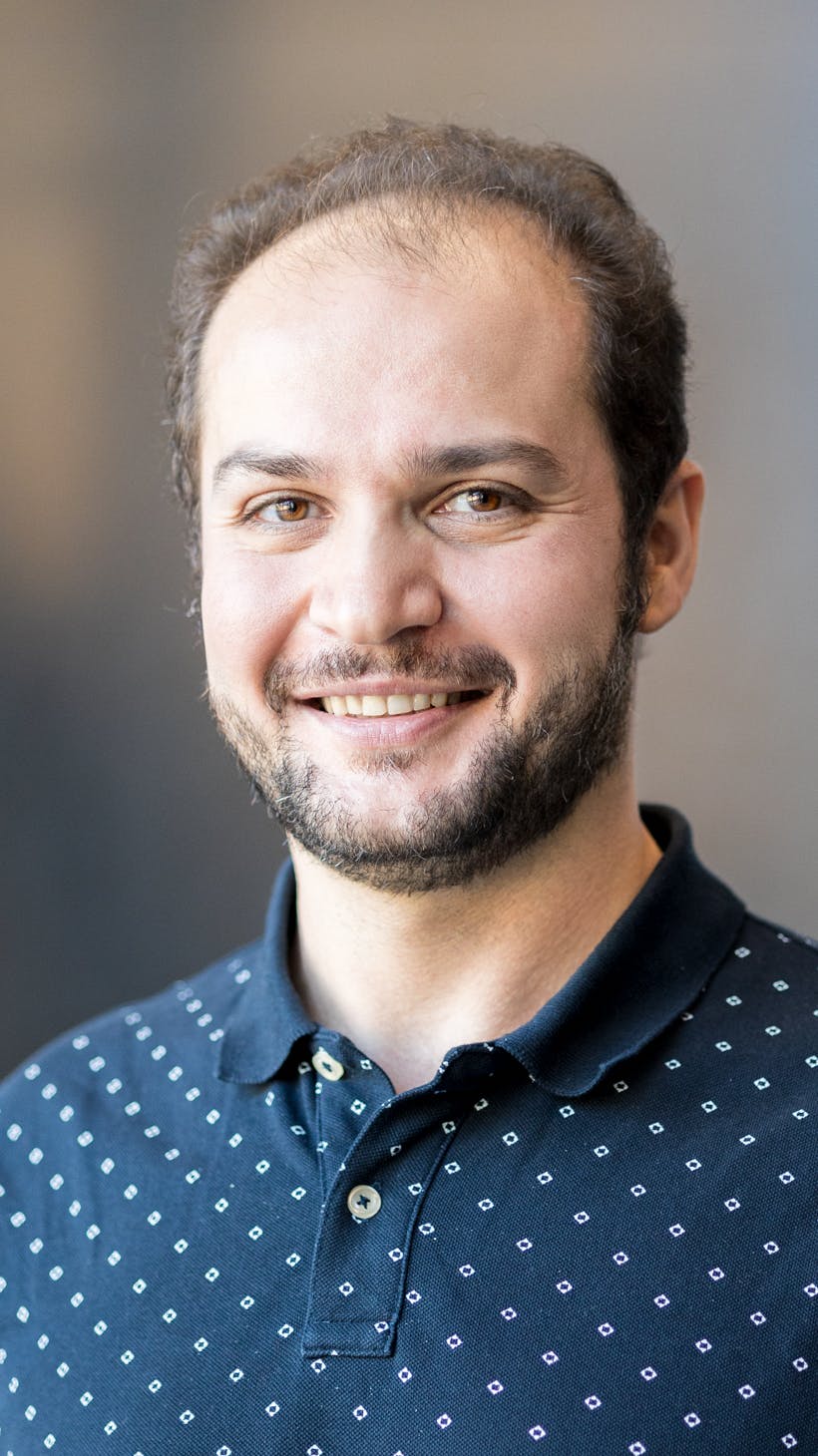How Graphene Membranes are made

01
Graphene Synthesis
Our filters are made from a special material called Graphene. With a thickness of just 1 atom, it can lead to record breaking performances and push the boundary of what is possible to do with membrane science. The characteristics of this material has led to the Nobel Prize in Physics in 2010.

02
Pore Creation
After synthesizing graphene, we make tiny holes just about the size of the CO2 molecule. These holes work like a sieve and only let CO2 to go through which enable us to separate it from other molecules.

03
Module Integration
Finally, we roll these porous graphene membrane and integrate them into a mechanical module that will be later installed at the industrial site.
A non-trivial endeavour
Several tricky production steps are needed to synthesize graphene membranes and we are the only group in the world capable of doing so. In addition to the expertise developed over the years, we have patents that protects the different synthesis steps.
Cost and Energy efficient
Thanks to its record breaking performance, graphene membranes can dramatically reduce the cost and energy use. This leads to an economical viable solution for low concentration streams, like aluminum smelters.
No heat needed
Membranes does not use heat to operate and only require electrical energy. This broadens the field of the industries that can use carbon capture. I also doesn't use solvents which evaporates into the atmosphere and can cause environmental concerns.
Compact and easy to Install
Graphene membranes results in a very compact and modular installation. This makes carbon capture available where space is a scarce resource, such as offshore oil platforms.
Robust
Graphene, an inorganic material, can have a longer lifespan than polymeric membranes and is less prone to react with impurities. It can also be regenerated to regain its initial performance.
Cost and Energy efficient
Thanks to its record breaking performance, graphene membranes can dramatically reduce the cost and energy use. This leads to an economical viable solution for low concentration streams, like aluminum smelters.
No heat needed
Membranes does not use heat to operate and only require electrical energy. This broadens the field of the industries that can use carbon capture. I also doesn't use solvents which evaporates into the atmosphere and can cause environmental concerns.
Compact and easy to Install
Graphene membranes results in a very compact and modular installation. This makes carbon capture available where space is a scarce resource, such as offshore oil platforms.
Robust
Graphene, an inorganic material, can have a longer lifespan than polymeric membranes and is less prone to react with impurities. It can also be regenerated to regain its initial performance.
Cost and Energy efficient
Thanks to its record breaking performance, graphene membranes can dramatically reduce the cost and energy use. This leads to an economical viable solution for low concentration streams, like aluminum smelters.
No heat needed
Membranes does not use heat to operate and only require electrical energy. This broadens the field of the industries that can use carbon capture. I also doesn't use solvents which evaporates into the atmosphere and can cause environmental concerns.
Compact and easy to Install
Graphene membranes results in a very compact and modular installation. This makes carbon capture available where space is a scarce resource, such as offshore oil platforms.
Robust
Graphene, an inorganic material, can have a longer lifespan than polymeric membranes and is less prone to react with impurities. It can also be regenerated to regain its initial performance.
Our process is tailored to your industry
How the process works
We produce special filters and package them inside an installation at an industrial emitter's site. This installation would be connected to the flue gas and would remove its CO2 content. Instead of being released into the atmosphere, this CO2 will either be stored permanently or used to create derived products.


You are a company located anywhere in the world, and you're looking for a solution to capture your CO2? All you have to do is contact us, and we'll provide you with a solution tailored to your needs. We can also discuss a demonstrator project to test our membrane on a small-scale at your site to collect data and assess compatibility with your process.
Industries and their hard to abate emissions

Why Carbon Capture is Important
Industries like cement, iron and steel, and chemicals account for about 34 percent of global CO2 emissions. Emissions from these industries are notoriously difficult to abate because, in addition to emissions associated with energy use, a significant portion of industrial emissions come from the process itself.
A project led by a team of passionate people
Who are we
Divea is a spinoff from the Laboratory of Advanced Separations at EPFL. It was created in 2024 and is based in the heart of the Swiss Alps in Sion.
Want to save the planet while working on a cutting edge technology?
we're looking for the best (obviously)
We don't care where you studied or which diploma you have, we are just looking for problem-solvers who get things done with a high sense of urgency. If you want to build products that are added value to society, this is the place for you. We are looking for proof of exceptional abilities and high motivation.



